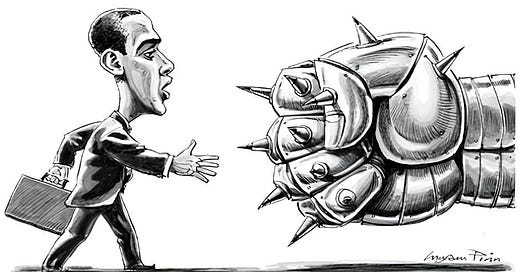Urwa Zulfiqar - 05.06.25
Understanding Power Beyond Military Might
In international relations, power is not only about military strength or economic dominance. Countries now influence others in more strategic and subtle ways. Hard power refers to the use of force, threats, or payments to achieve desired outcomes. Soft power, in contrast, relies on attraction. It is exercised through culture, political values, and diplomacy.
Hard Power vs Soft Power
Hard power may achieve short-term goals quickly, but often at the cost of long-term goodwill. On the other hand, soft power takes time but builds more sustainable influence and trust. Most countries use both forms of power in different situations depending on their goals.
The Origins and Evolution of the Concept
The idea of soft power was developed by American political scientist Joseph Nye in the late 1980s. He introduced it to explain how countries could shape the behavior of others without coercion. Traditionally, power was measured in terms of military capacity and economic strength. Nye suggested that attraction could be just as effective in international affairs.
After the Cold War, countries started to rely more on soft power tools. The United States, for example, combined military interventions with cultural exports such as films, music, and education exchange programs. China has used soft power by opening Confucius Institutes and offering scholarships to foreign students while also investing heavily in global infrastructure.
Hard Power vs Soft Power: Key Differences
Hard Power
* Direct and immediate
* Includes armed force, economic sanctions, and military alliances
* Aims to pressure or compel nations
* Visible and involves clear consequences
Soft Power
* Works subtly through attraction
* Based on cultural appeal, values, and policies
* Cannot be forced; must be earned over time
* Builds relationships and trust
While hard power may win battles, soft power builds relationships. Both forms of power have their uses. The choice depends on the situation and the desired outcome. Sometimes, the most effective approach is to use both together.
Applications in Modern Geopolitics
United States
Uses military strength alongside cultural influence
Universities, entertainment, and technology boost its global image
Military alliances reflect hard power
China
Invests in global infrastructure (hard power)
Promotes Chinese culture through media and education (soft power)
Russia
Combines military operations with digital media campaigns
India
Projects soft power through democracy and culture
Maintains a strong defense profile
The Way Forward
In a globalised world, soft power is becoming increasingly important. Issues like climate change, global health, and migration require cooperation more than conflict. Nations that are seen as trustworthy and fair are more likely to attract allies and support.
Hard power will still be relevant in situations where quick and decisive action is required. However, overreliance on force can damage a country’s reputation. Soft power creates space for dialogue, understanding, and lasting partnerships.
The future of international relations will likely depend on how effectively countries balance these two forms of power. Those that can adapt and respond with both firmness and empathy will lead more successfully in the global arena.
Bibliography
Nye, Joseph S. Soft Power: The Means to Success in World Politics. PublicAffairs, 2004.Wilson, Ernest. Hard Power, Soft Power, Smart Power. The Annals of the American Academy of Political and Social Science, Vol. 616, 2008.
Rana, Kishan S. 21st Century Diplomacy: A Practitioner’s Guide. Continuum, 2011.
Nye, Joseph S. The Future of Power. PublicAffairs, 2011.
Kurlantzick, Joshua. Charm Offensive: How China's Soft Power Is Transforming the World. Yale University Press, 2007.
Melissen, Jan (ed.). The New Public Diplomacy: Soft Power in International Relations. Palgrave Macmillan, 2005.
Gill, Bates, and Huang, Yanzhong. Sources and Limits of Chinese 'Soft Power.' Survival, 48(2), 2006.
Urwa Zulfiqar, Member at Roshni




